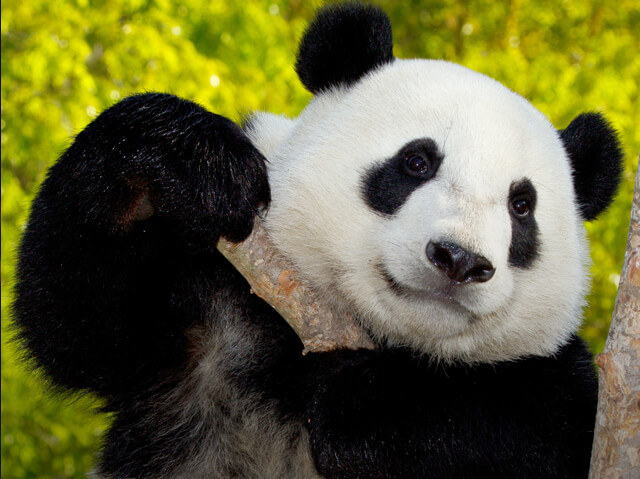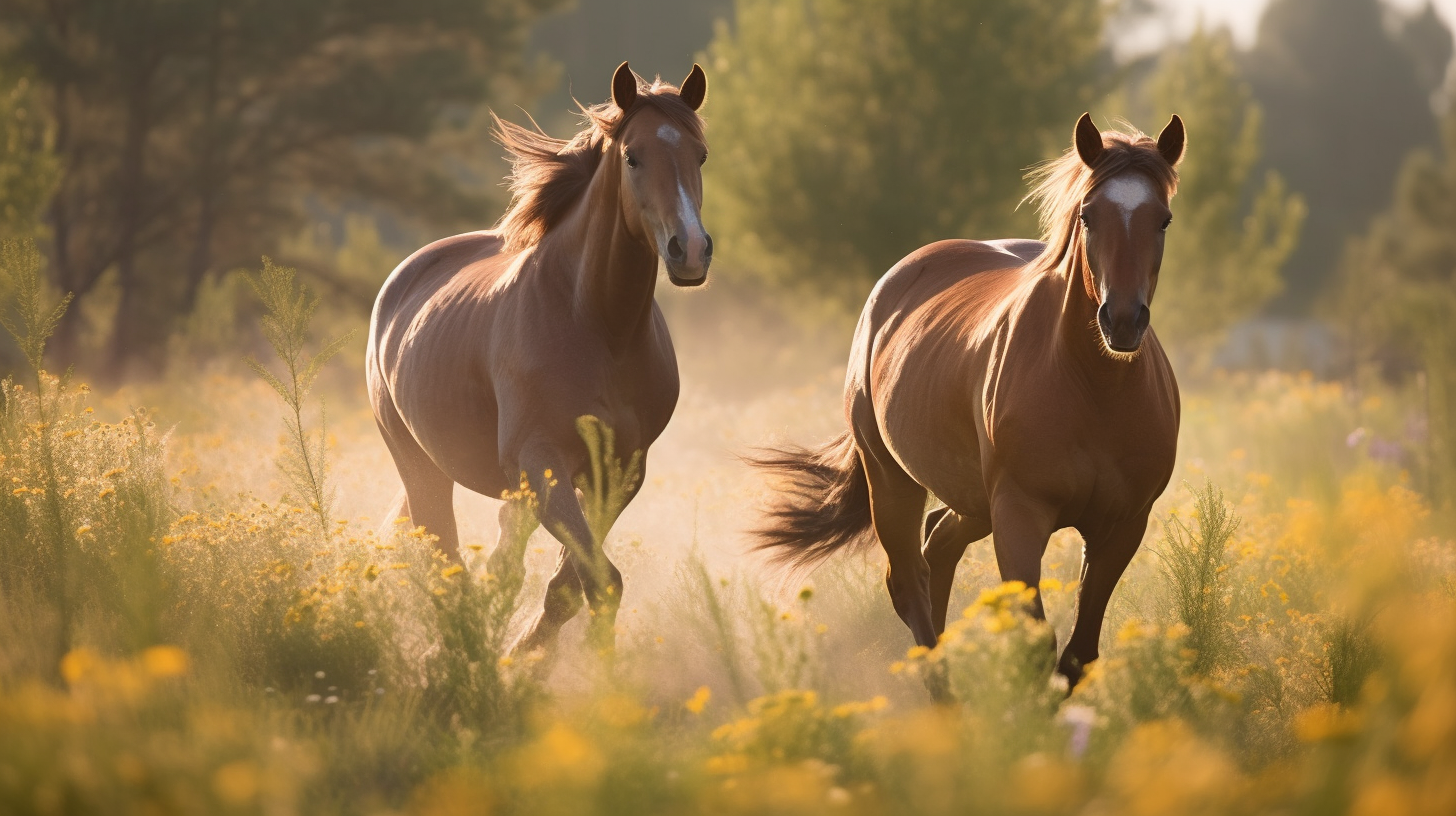Welcome to our guide on the enchanting realm of animals! From the majestic lions of the savanna to the mysterious depths of the ocean, the animal kingdom is a diverse and wondrous place. In this blog post, we'll delve into various aspects of animals, from their behavior and habitats to conservation efforts and fascinating facts.
Animal Behavior
Understanding animal behavior is key to appreciating the complexities of the natural world. Animals exhibit a wide range of behaviors, from hunting and mating rituals to social interactions and communication. Observing and studying these behaviors can provide valuable insights into their lives and ecosystems.
Social Behavior
Many animals, such as wolves and dolphins, are highly social creatures that form intricate social structures within their groups. They communicate through various means, including vocalizations, body language, and scent marking. These social bonds are essential for cooperation, protection, and survival.
Mating Rituals
Mating rituals vary greatly among different species, often involving elaborate displays of strength, agility, or beauty to attract a mate. From the flamboyant dances of birds of paradise to the competitive battles of male elk, these rituals showcase the diversity and creativity of nature.
Animal Habitats
Animals inhabit a wide range of environments, each with its own unique challenges and resources. From lush rainforests to icy polar regions, every habitat shapes the behavior, physiology, and adaptations of its inhabitants.
Adaptations
Animals have evolved remarkable adaptations to survive and thrive in their environments. These adaptations can include physical features like camouflage, sharp claws for hunting, or specialized organs for extreme conditions. Understanding these adaptations provides insight into the interconnectedness of species and their habitats.
Threats to Habitats
Human activities such as deforestation, pollution, and climate change pose significant threats to animal habitats worldwide. These threats can disrupt ecosystems, endanger species, and ultimately impact the delicate balance of nature. Conservation efforts are crucial for protecting habitats and preserving biodiversity for future generations.
Fascinating Facts
The animal kingdom is full of intriguing and surprising facts that highlight the diversity and wonder of life on Earth. Here are just a few examples:
- The blue whale is the largest animal ever known to have existed, with a tongue that can weigh as much as an elephant.
- Cows have best friends and can become stressed when separated from them.
- A group of flamingos is called a "flamboyance."
- Honeybees communicate through intricate dance movements to inform their hive mates about the location of food sources.
Conclusion
The world of animals is as diverse as it is fascinating, with endless discoveries waiting to be made. By studying their behavior, habitats, and adaptations, we gain a deeper appreciation for the intricacies of life on our planet.
FAQ:
Q: What is the largest animal on Earth?
A: The blue whale holds the title for the largest animal ever known to exist.
Q: How do animals communicate?
A: Animals communicate through various means, including vocalizations, body language, and scent marking, depending on the species.
Q: Why is habitat conservation important?
A: Habitat conservation is crucial for preserving biodiversity, protecting endangered species, and maintaining the balance of ecosystems for the benefit of all living organisms.





